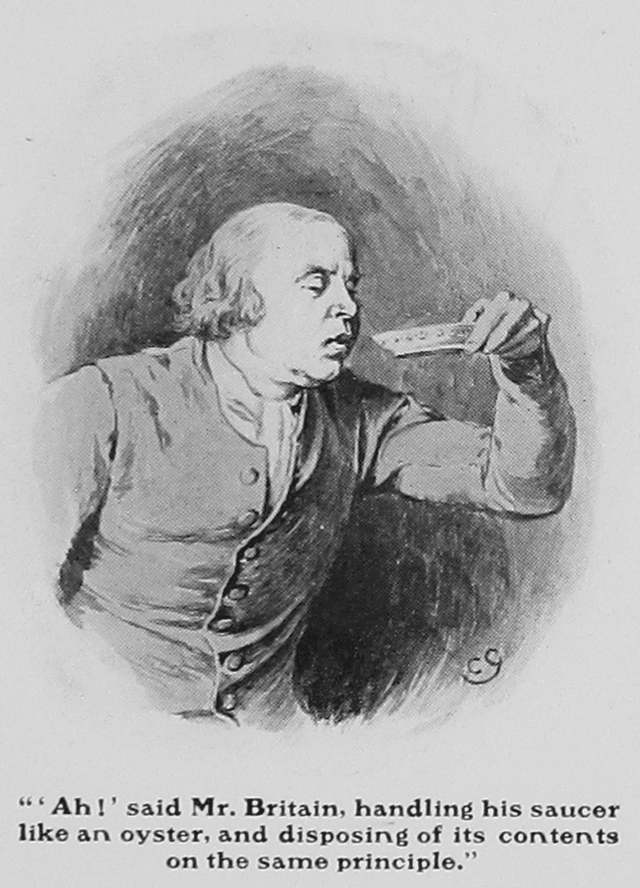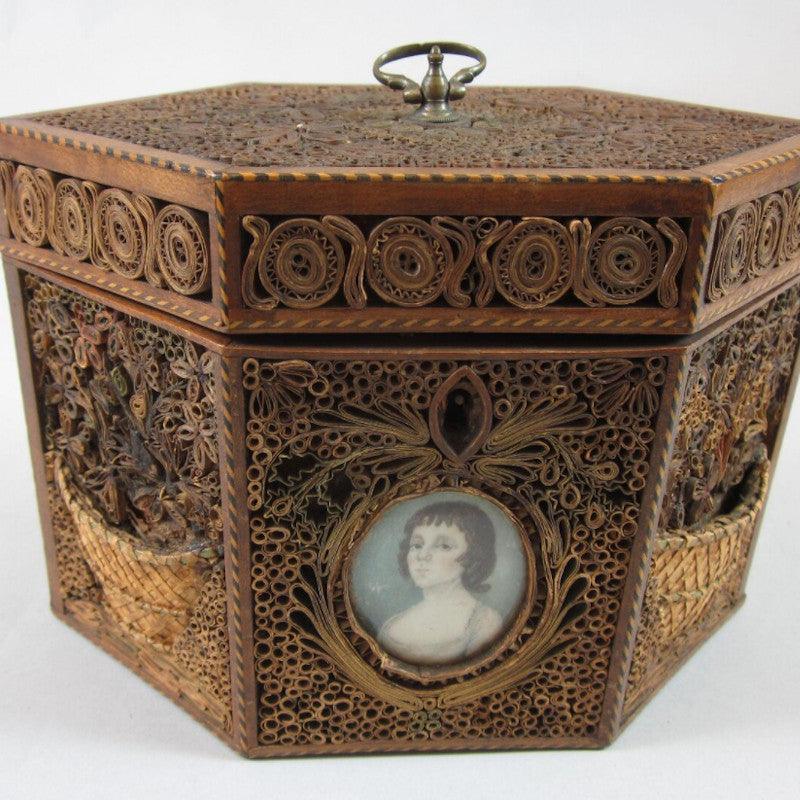The Legend of the Mistletoe
From the centre of the ceiling of this kitchen, old Wardle had just suspended with his own hands a huge branch of mistletoe, and this same branch of mistletoe instantaneously gave rise to a scene of general and most delightful struggling and confusion; in the midst of which, Mr. Pickwick, with a gallantry that would have done honour to a descendant of Lady Tollimglower herself, took the old lady by the hand, led her beneath the mystic branch, and saluted her in all courtesy and decorum." The Pickwick Papers, Charles Dickens

The poem above was written in December, 1826, and the last line refers to the custom of plucking a berry every time a kiss was stolen beneath the kissing bough. Once the berries were gone, the kissing was over. By Victorian times, the kissing bough was quite a complex construction. Five circles of wire were joined together to form a globe, and evergreens were bound around the wires. Apples were hung in the center and there could also be candles fixed.
A large bunch of mistletoe was hung beneath. It could also be decorated with paper flowers. As there would be few flowers available in December in England, paper flowers might have been popular Christmas decorations. The mistletoe bough from 1794, however, is simply tied up and hung from the ceiling. Mistletoe or "the golden bough" was held sacred by both the Celtic Druids and the Norseman. Once called "Allheal," it was used in folk medicine to cure many ills. North American Indigenous Peoples also used it for toothaches, measles and dog bites. Mistletoe was the plant of peace in Scandinavian antiquity. If enemies met by chance beneath it in a forest, they laid down their arms and maintained a truce until the next day.
In parts of England and Wales farmers would give the Christmas bunch of mistletoe to the first cow that calved in the New Year. This was thought to bring good luck to the entire herd. Vikings dating back to the eighth century believed that mistletoe had the power to raise humans from the dead, relating to the resurrection of Balder, the god of the summer sun. Balder had a dream that he was going to die. His mother, Frigga, the goddess of love and beauty, was frantic about his dream and said that if he died, everything on Earth would die. To ensure her son's safety, Frigga went to all of the elements (air, fire, water and earth, as well as to all of the animals and plants) and asked them not to kill Balder.
In the same way a child would be heckled these days if his mother asked kids not to pick on her child, Balder was teased and had things thrown at him. It was thought that, because of his mother's power, he was immune to harm. Balder's only enemy, Loki, found a loophole in Frigga's request for her son's safety ...Mistletoe. Mistletoe grows on the tree it attaches itself to, and therefore has no roots of its own and could not be affected by Frigga's request. Loki made a poisoned dart with mistletoe, and tricked the blind brother of Balder, Hoder, into shooting the arrow that killed Balder. For three days, all the elements tried their hardest to bring Balder back to life, but failed. Finally, the tears that Frigga cried for her dead son changed the red mistletoe berries to white, raising Balder from the dead. Frigga then reversed mistletoe's bad reputation, and kissed everyone who walked underneath it out of gratitude for getting her son back.
 Another myth in mistletoe's past comes from Britain. In the first century, the Druids in Britain believed that mistletoe could perform miracles. Mistletoe was used by the Druid priesthood in a very special ceremony held five days after the New Moon following winter solstice. The Druid priests would cut mistletoe from a holy oak tree with a golden sickle. The branches had to be caught before the touched the ground. The priests then divided the branches into many sprigs and distributed them to the people, who hung them over doorways as protection against thunder, lightning and other evils.
Another myth in mistletoe's past comes from Britain. In the first century, the Druids in Britain believed that mistletoe could perform miracles. Mistletoe was used by the Druid priesthood in a very special ceremony held five days after the New Moon following winter solstice. The Druid priests would cut mistletoe from a holy oak tree with a golden sickle. The branches had to be caught before the touched the ground. The priests then divided the branches into many sprigs and distributed them to the people, who hung them over doorways as protection against thunder, lightning and other evils.
Kissing under the mistletoe is first found associated with the Roman festival of Saturnalia and later with primitive marriage rites. Mistletoe was believed to have the power of bestowing fertility, and the dung from which the mistletoe was thought to arise was also said to have "life-giving" power. In some parts of England the Christmas mistletoe is burned on the twelfth night lest all the boys and girls who have kissed under it never marry. Many believe that a couple who kisses underneath mistletoe will have good luck, but a couple neglecting to perform the ritual will have bad luck.
Specifically, it is believed that a couple kissing under the mistletoe ensure themselves of marriage and a long, happy life, while an unmarried woman not kissed under the mistletoe will remain single for another year.  Maidens may place a sprig of the plant under their pillow at night in the same manner a child places his or her lost tooth in anticipation of a visit from the Tooth Fairy. Instead of exchanging teeth for money, however, the sprig of Mistletoe allows women to dream of their Prince Charming.
Maidens may place a sprig of the plant under their pillow at night in the same manner a child places his or her lost tooth in anticipation of a visit from the Tooth Fairy. Instead of exchanging teeth for money, however, the sprig of Mistletoe allows women to dream of their Prince Charming.
Burning a mistletoe plant is also thought to foretell a woman’s marital bliss, or lack thereof. A mistletoe that burns steadily prophesies a healthy marriage, while fickle flames may doom a woman to an ill-suited partner.* Create your own Mistletoe traditions by tying a piece of fresh Mistletoe with bright ribbon and hanging it in your doorway; or, follow these instructions to Make your own Victorian mistletoe ball.
*How Mistletoe Works by Barbara Suszynski and Sam Abramson
If you don't want to miss a beat when it comes to Jane Austen, make sure you are signed up to the Jane Austen newsletter for exclusive updates and discounts from our Online Gift Shop.



Leave a comment
This site is protected by hCaptcha and the hCaptcha Privacy Policy and Terms of Service apply.